Johnson & Johnson's Impressive Financial Performance
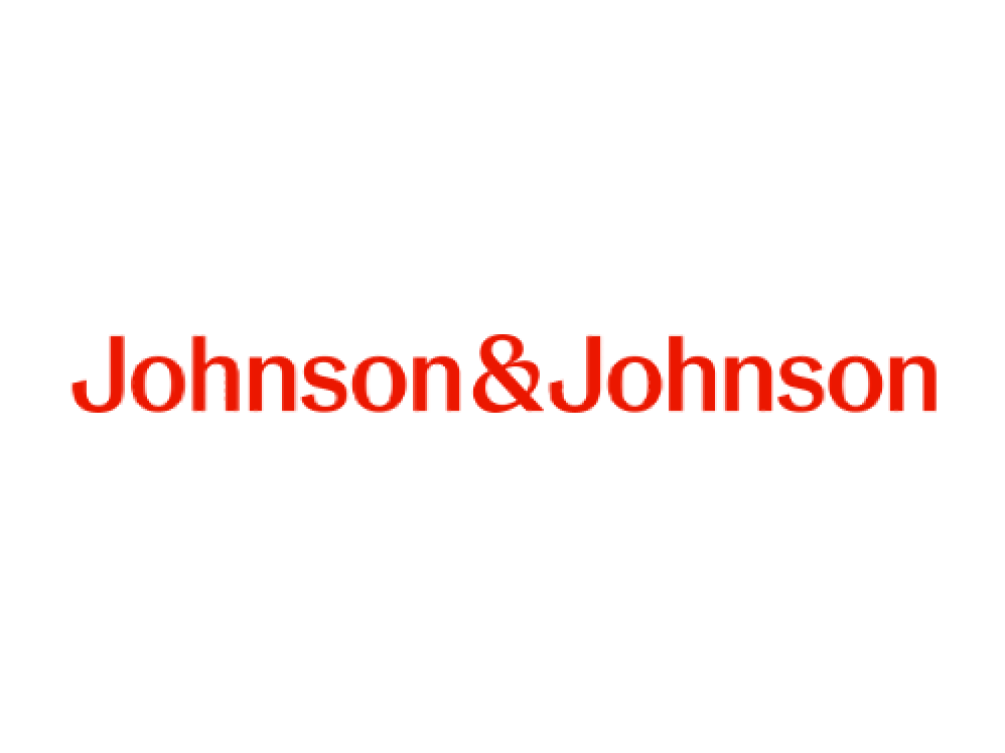
- Earnings Per Share (EPS) of $2.77, surpassing estimates and demonstrating growth from the previous year.
- Revenue reached approximately $21.89 billion, exceeding expectations and leading to an increased sales forecast for 2025.
- Financial Health Indicators such as a debt-to-equity ratio of 0.51 and a current ratio of approximately 1.11 highlight the company's solid financial position.
Johnson & Johnson (NYSE:JNJ) is a multinational corporation known for its wide range of healthcare products, including pharmaceuticals, medical devices, and consumer health goods. The company competes with other major players in the healthcare industry, such as Pfizer and Merck. On April 15, 2025, JNJ reported impressive financial results, showcasing its strong market position.
The company reported earnings per share (EPS) of $2.77, surpassing the estimated $2.58. This result also exceeded the Zacks Consensus Estimate of $2.57 per share, as highlighted by Zacks. Compared to the same quarter the previous year, where EPS was $2.71, JNJ demonstrated growth in profitability, reflecting its effective business strategies.
Johnson & Johnson's revenue for the quarter was approximately $21.89 billion, exceeding the estimated $21.56 billion. This strong performance led the company to raise its sales forecast for 2025, now anticipating revenues of up to $91.8 billion, an increase from the previous forecast of up to $90 billion, as reported by the Wall Street Journal. This optimistic outlook indicates confidence in its future financial performance.
The company's financial metrics provide further insight into its valuation. With a price-to-earnings (P/E) ratio of approximately 26.41, investors are willing to pay $26.41 for every dollar of earnings. The price-to-sales ratio stands at about 4.19, reflecting the value placed on each dollar of sales. Additionally, the enterprise value to sales ratio is around 4.33, showing the company's total valuation relative to its sales.
Johnson & Johnson's financial health is also evident in its debt-to-equity ratio of 0.51, indicating a balanced use of debt and equity. The current ratio of approximately 1.11 suggests the company's ability to cover short-term liabilities with short-term assets. With an earnings yield of about 3.79%, JNJ offers a reasonable return on investment, making it an attractive option for investors.
| Symbol | Price | %chg |
|---|---|---|
| PFE.BA | 9045 | -0.06 |
| ABBV.BA | 33640 | -0.06 |
| KLBF.JK | 1090 | 3.21 |
| 4519.T | 7025 | 0.36 |
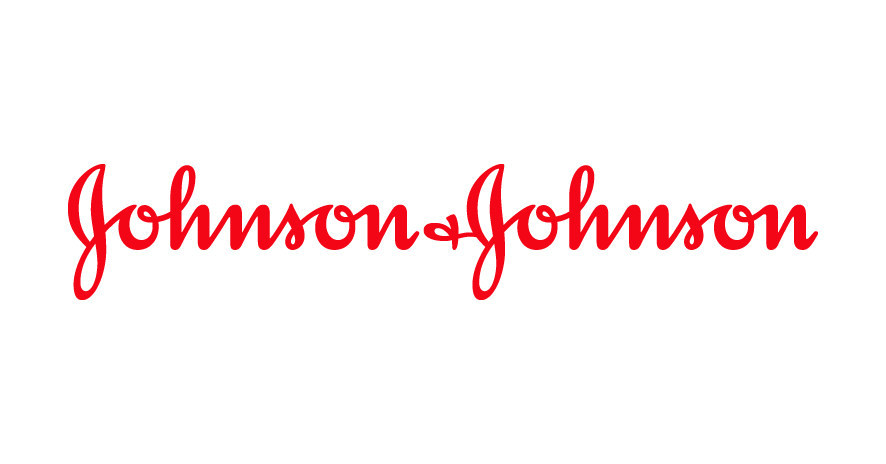
Johnson & Johnson's (JNJ) Impressive Q3 Earnings and Strategic Moves
- Johnson & Johnson (NYSE:JNJ) reported earnings per share of $2.80, surpassing estimates and showing a revenue of $23.99 billion, exceeding expectations.
- The company has increased its 2025 revenue forecast, indicating a positive outlook based on its 15.7% increase in adjusted earnings per share compared to the previous year.
- JNJ announced plans to spin off its orthopedics business, marking a significant strategic move to focus more on its core operations.
Johnson & Johnson (NYSE:JNJ), a leading healthcare conglomerate known for its diverse range of products, including pharmaceuticals, medical devices, and consumer health goods, competes with other major players like Pfizer and Merck. On October 14, 2025, JNJ reported earnings per share of $2.80, surpassing the estimated $2.76, and a revenue of approximately $23.99 billion, exceeding the estimated $23.76 billion.
Following these strong third-quarter results, Johnson & Johnson increased its 2025 revenue forecast. The company now expects product revenue to be between $93.5 billion and $93 billion. This optimistic outlook is supported by the company's impressive financial performance, with adjusted earnings per share showing a 15.7% increase compared to the previous year, as highlighted by Benzinga.
In a strategic move, Johnson & Johnson announced plans to spin off its orthopedics business into a standalone company. This decision marks the second major separation for the New Jersey-based healthcare giant in two years. The separation aims to allow JNJ to focus more on its core operations, potentially enhancing its overall market position.
Johnson & Johnson's financial metrics provide further insight into its market valuation. The company has a price-to-earnings (P/E) ratio of approximately 19.99, indicating how the market values its earnings. Its price-to-sales ratio is about 4.98, reflecting the market's valuation of its revenue. The enterprise value to sales ratio stands at around 5.33, suggesting the market's valuation of the company's total value in relation to its sales.
The company's financial health is also evident in its debt-to-equity ratio of approximately 0.65, showing a balanced use of debt and equity to finance its assets. With a current ratio of around 1.01, Johnson & Johnson demonstrates its ability to cover short-term liabilities with short-term assets, ensuring financial stability.

Johnson & Johnson (NYSE: JNJ) Sees New Price Target and FDA Approval Boost
- RBC Capital sets a new price target for Johnson & Johnson (NYSE:JNJ) at $209, indicating a potential increase of approximately 9.26%.
- The potential acquisition of Protagonist Therapeutics could significantly expand JNJ's pharmaceutical portfolio.
- FDA approval of Simponi for children with ulcerative colitis underscores JNJ's commitment to addressing unmet medical needs.
Johnson & Johnson (NYSE: JNJ) is a well-established company known for its diverse range of products in the healthcare sector, including pharmaceuticals, medical devices, and consumer health products. On October 10, 2025, Shagun Singh from RBC Capital set a new price target for JNJ at $209. At the time, the stock was trading at $191.30, suggesting a potential increase of approximately 9.26%.
The potential acquisition of Protagonist Therapeutics, as reported by the Wall Street Journal, underscores Johnson & Johnson's strategic focus on expanding its pharmaceutical portfolio. This move aligns with the company's ongoing efforts to strengthen its position in the healthcare industry. The acquisition talks are still in the negotiation phase, indicating that Johnson & Johnson is actively seeking growth opportunities.
Johnson & Johnson is set to release its third-quarter earnings results on October 14. Analysts expect the company to report earnings of $2.76 per share, up from $2.42 per share in the same period last year. The anticipated quarterly revenue is $23.76 billion, an increase from $22.47 billion a year ago. These figures reflect the company's strong financial performance and growth trajectory.
In a significant development, the FDA has approved Johnson & Johnson's Simponi (golimumab) for children with moderately to severely active ulcerative colitis. This approval has positively impacted the stock, with shares rising by 0.7% to close at $191.08. The approval highlights Johnson & Johnson's commitment to expanding its product offerings and addressing unmet medical needs.
Currently, JNJ is trading at $191.29, with a slight increase of 0.21, reflecting a percentage change of 0.11%. The stock has fluctuated between a low of $190.31 and a high of $192.06 today. Over the past year, JNJ has reached a high of $192.1 and a low of $140.68. The company's market capitalization is approximately $460.69 billion, with a trading volume of 3,133,058 shares.

Johnson & Johnson (NYSE:JNJ) Earnings Preview: Strong Performance Expected
- Johnson & Johnson is set to release its quarterly earnings with an estimated EPS of $2.78 and projected revenue of $23.7 billion.
- The company's stock has increased by 31% this year, outperforming the S&P 500's 14% rise.
- JNJ has a history of outperforming earnings estimates, with an average earnings surprise of 5.96% over the last two quarters.
Johnson & Johnson (NYSE:JNJ) is a leading global healthcare company known for its wide range of products, including pharmaceuticals, medical devices, and consumer health goods. As the largest producer of healthcare products, JNJ has a strong market presence and competes with other industry giants like Pfizer and Merck. The company is set to release its quarterly earnings on Tuesday, October 14, 2025, with Wall Street analysts estimating an earnings per share (EPS) of $2.78 and projected revenue of approximately $23.7 billion.
Goldman Sachs anticipates that JNJ will continue its strong performance in the upcoming earnings report. The company's stock has already increased by 31% this year, significantly outperforming the S&P 500's 14% rise. This growth is largely due to the effective execution in its Innovative Medicines segment, which has boosted sales and earnings estimates compared to its peers. Goldman Sachs expects JNJ to exceed consensus expectations in key products such as Tremfya, Darzalex, Carvykti, and Spravato.
Johnson & Johnson has a history of outperforming earnings estimates, with an average earnings surprise of 5.96% over the last two quarters. In the most recent quarter, the company reported earnings of $2.66 per share, surpassing the anticipated $2.77 per share, resulting in a 4.14% surprise. In the previous quarter, JNJ reported $2.77 per share against a consensus of $2.57, marking a 7.78% surprise. This track record has led to upward trends in recent earnings estimates.
The company's financial metrics reflect its strong market position. JNJ has a price-to-earnings (P/E) ratio of approximately 20.25, indicating the price investors are willing to pay for each dollar of earnings. Its price-to-sales ratio is about 5.04, and the enterprise value to sales ratio is around 5.40, showing the company's total value relative to its sales. The enterprise value to operating cash flow ratio is approximately 21.24, highlighting the company's valuation in relation to its cash flow from operations.
Johnson & Johnson's financial health is further supported by an earnings yield of about 4.94%, representing the return on investment for shareholders. The debt-to-equity ratio is approximately 0.65, indicating a balanced use of debt and equity to finance its assets. Additionally, the current ratio is around 1.01, suggesting the company's ability to cover its short-term liabilities with its short-term assets. These metrics underscore JNJ's robust financial standing as it prepares for its upcoming earnings announcement.
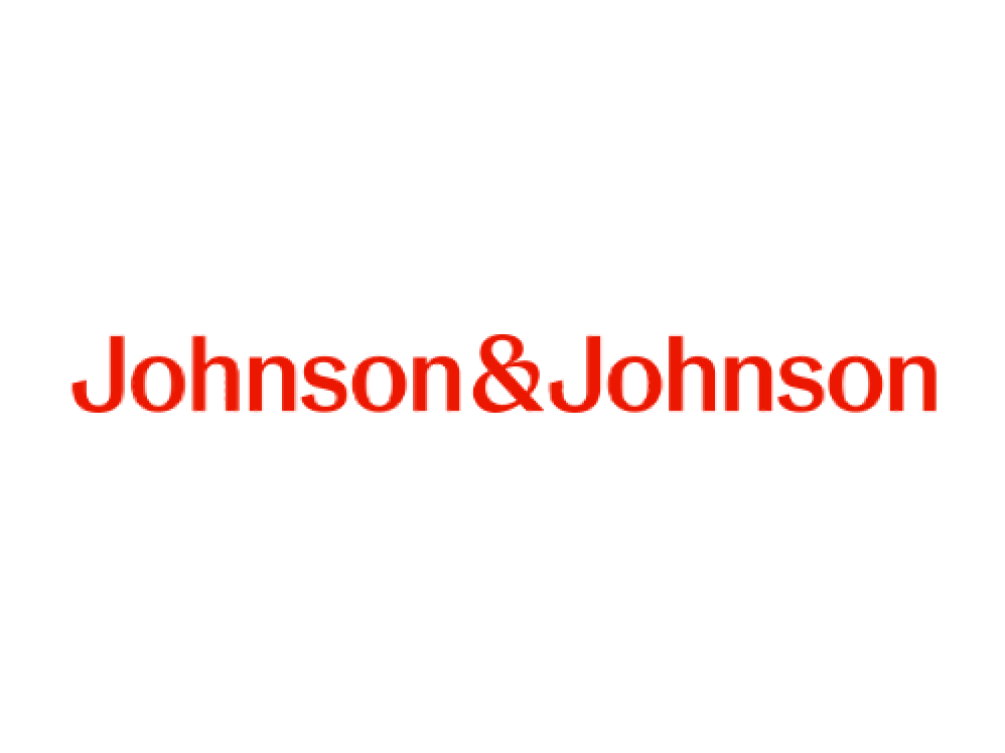
Johnson & Johnson (JNJ) Upgraded to "Buy" by Johnson Rice
- Johnson & Johnson's (NYSE:JNJ) market capitalization increased by $63 billion in the past three months, driven by a 17.7% rise in share price.
- Innovative Medicine sales rose by 2.4%, despite the expiration of Stelara's patent, showcasing the company's resilience and innovation.
- MedTech sales growth of 6.1%, supported by acquisitions and new product launches, highlights the company's expanding market presence.
On September 22, 2025, Johnson Rice upgraded Johnson & Johnson (NYSE:JNJ) to a "Buy" rating, with the stock priced at $174.21. Johnson & Johnson, a global leader in pharmaceuticals, medical devices, and consumer health products, has been a staple in the healthcare industry. The company competes with other giants like Pfizer and Merck.
Johnson & Johnson has seen a remarkable increase in its market capitalization, adding $63 billion in the past three months. This growth is driven by a 17.7% rise in its share price, fueled by technical momentum and advancements in its product pipeline. The company's Innovative Medicine sales increased by 2.4%, even with the expiration of Stelara's patent.
MedTech sales have also contributed to Johnson & Johnson's growth, rising by 6.1%. This increase is supported by contributions from Abiomed, Shockwave, and new product launches. These advancements have captured investor interest, further solidifying the company's position in the market.
The stock's technical performance has been strong, consistently trading above its 50-day and 200-day moving averages since mid-June. A "golden cross" occurred in mid-July, when the 50-day moving average surpassed the 200-day moving average. This event suggests a potential for continued bullish trends, indicating positive prospects for JNJ's future stock performance.
Currently, JNJ is priced at $174.21, experiencing a slight decrease of 1.12%, with a change of $1.98. The stock has fluctuated between a low of $174.12 and a high of $176.64 today. Over the past year, JNJ has reached a high of $181.16 and a low of $140.68. The company's market capitalization is approximately $419.56 billion, with a trading volume of 4,526,431 shares.
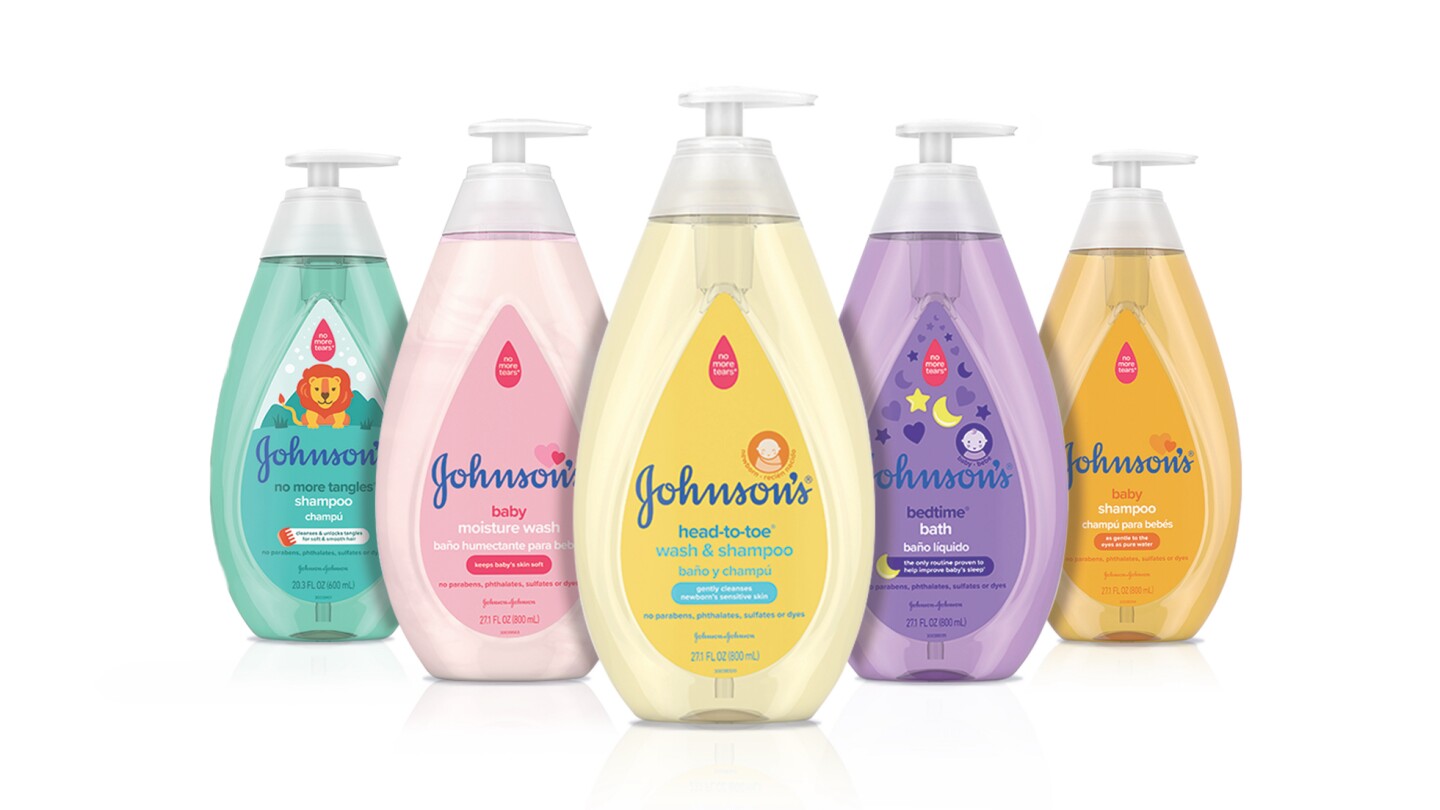
Johnson & Johnson (NYSE:JNJ) Maintains Strong Position with UBS's "Buy" Rating
- UBS maintains a "Buy" rating for Johnson & Johnson (NYSE:JNJ) and raises its price target from $180 to $190.
- JNJ's recent financial performance exceeded expectations, leading to an increase in full-year 2025 earnings guidance.
- Despite a slight decrease in stock price, JNJ's market capitalization and trading volume indicate significant investor interest and confidence in its future growth.
Johnson & Johnson (NYSE:JNJ) is a well-known healthcare company that operates in the pharmaceutical, medical devices, and consumer health sectors. It competes with other major players like Pfizer and Merck. On July 17, 2025, UBS maintained its "Buy" rating for JNJ, reflecting confidence in the company's future performance. At that time, JNJ's stock was priced at $162.74.
UBS also raised its price target for JNJ from $180 to $190, indicating optimism about the stock's potential growth. This decision aligns with JNJ's recent financial performance, as the company reported quarterly earnings that exceeded expectations. As highlighted by Benzinga, this strong performance led to an increase in JNJ's full-year 2025 earnings guidance.
Currently, JNJ is trading at $163.07, showing a slight decrease of approximately 1.04% or $1.71. The stock has fluctuated between a low of $162.30 and a high of $164.56 during the day. Over the past year, JNJ's stock has reached a high of $169.99 and a low of $140.68, reflecting some volatility in its price.
JNJ's market capitalization is approximately $392.36 billion, indicating its significant size and influence in the healthcare industry. The trading volume for JNJ is 1,646,844 shares, suggesting active investor interest. Despite the recent price decrease, the positive earnings report and raised price target by UBS may attract more investors to the stock.
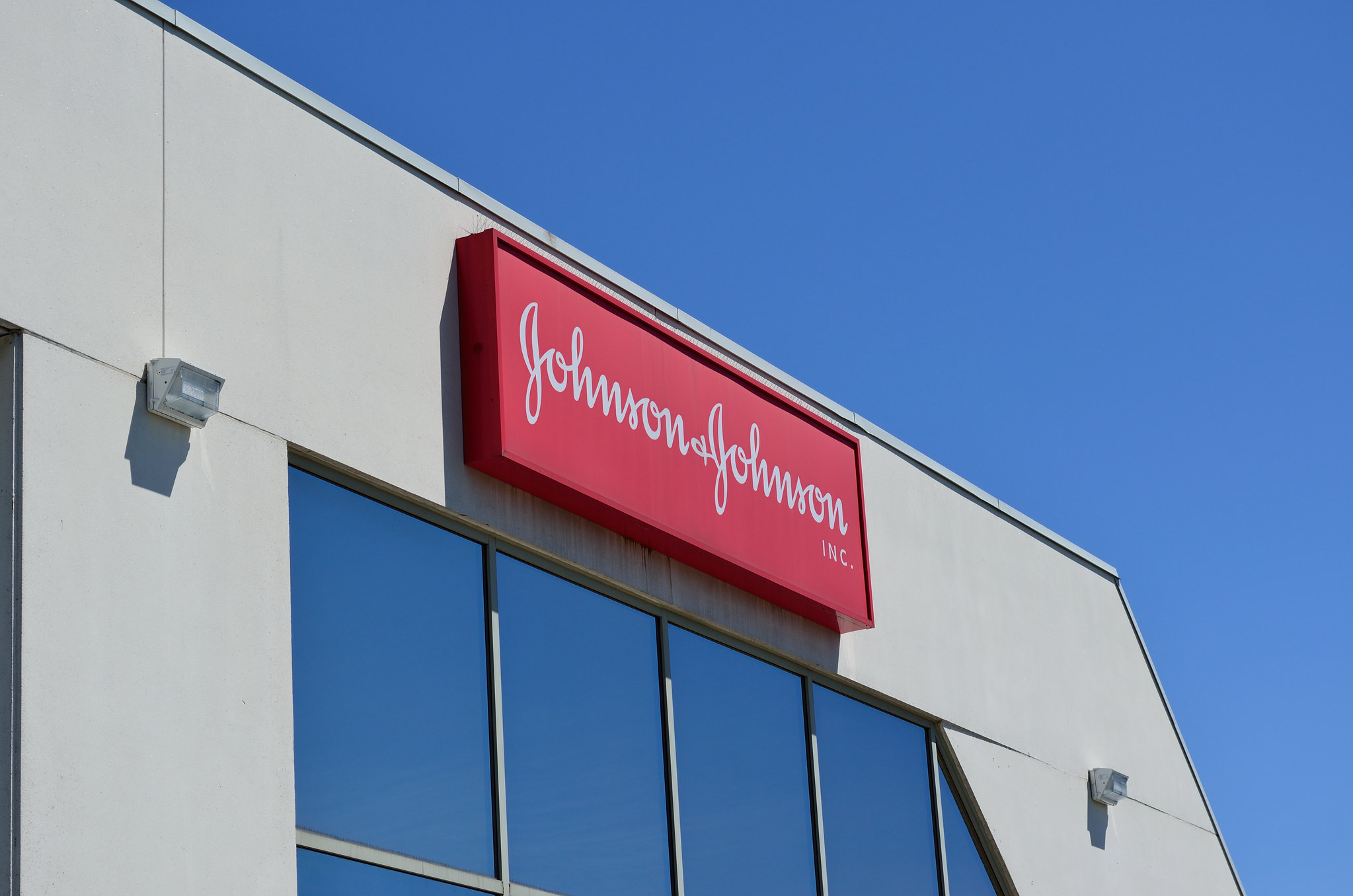
Johnson & Johnson Raises Sales Outlook Despite Tariff Risks, Shares Gain 5%
Johnson & Johnson (NYSE:JNJ) lifted its full-year sales forecast on Wednesday, signaling confidence in its underlying business despite ongoing concerns over potential U.S. tariffs on pharmaceutical imports. The news pushed shares up more than 5% intra-day today.
The healthcare giant now expects 2025 sales to range between $93.2 billion and $93.6 billion, up from its previous projection of $91 billion to $91.8 billion. The revision reflects stronger demand across its drug and medical device businesses.
While tariff risks remain, J&J has tempered its expectations for the financial impact. The company previously estimated a $400 million hit from potential U.S.–China trade measures, but following a recent framework trade agreement, that figure has likely been reduced to about $200 million. CFO Joseph Wolk noted it’s still too early to assess how tariffs might affect 2026 results.
For the second quarter, Johnson & Johnson reported adjusted earnings per share of $2.77, beating analyst estimates of $2.68. The results reflect continued resilience across its core segments, helping the company weather geopolitical uncertainties while maintaining strong profitability.

Johnson & Johnson (JNJ) Stock Update and Upcoming Events
- Johnson & Johnson (NYSE:JNJ) receives a stock grade upgrade to "Buy" by Johnson Rice.
- The company is scheduled to participate in the Goldman Sachs 46th Annual Global Healthcare Conference.
- Current stock price reflects a slight decrease, with a significant market capitalization of approximately $352.71 billion.
Johnson & Johnson (NYSE:JNJ) is a well-known multinational corporation that operates in the pharmaceutical, medical devices, and consumer health sectors. The company is a leader in the healthcare industry, competing with other giants like Pfizer and Merck. On May 15, 2025, Johnson Rice upgraded JNJ's stock grade to "Buy," with the stock priced at $146.36 at the time of the announcement. Despite this upgrade, the action remains as "hold."
Johnson & Johnson is set to participate in the Goldman Sachs 46th Annual Global Healthcare Conference on June 11th, 2025. The company's management will engage in a Fireside Chat at 3:20 p.m. Eastern Time. Investors can listen to the live audio webcast on the Johnson & Johnson investor website, with a replay available 48 hours after the event. This participation could provide insights into the company's future strategies and performance.
The current stock price of JNJ is $146.36, reflecting a decrease of 1.40% or $2.08. Today, the stock has traded between $146.12 and $148.82. Over the past year, JNJ's stock has reached a high of $169.99 and a low of $140.68. This fluctuation indicates the stock's volatility and the market's response to various factors affecting the company and the healthcare sector.
Johnson & Johnson has a substantial market capitalization of approximately $352.71 billion, highlighting its significant presence in the market. The trading volume for the day is 10,212,110 shares on the New York Stock Exchange (NYSE). This high trading volume suggests strong investor interest and activity in the stock, possibly influenced by the recent upgrade and upcoming conference participation.







